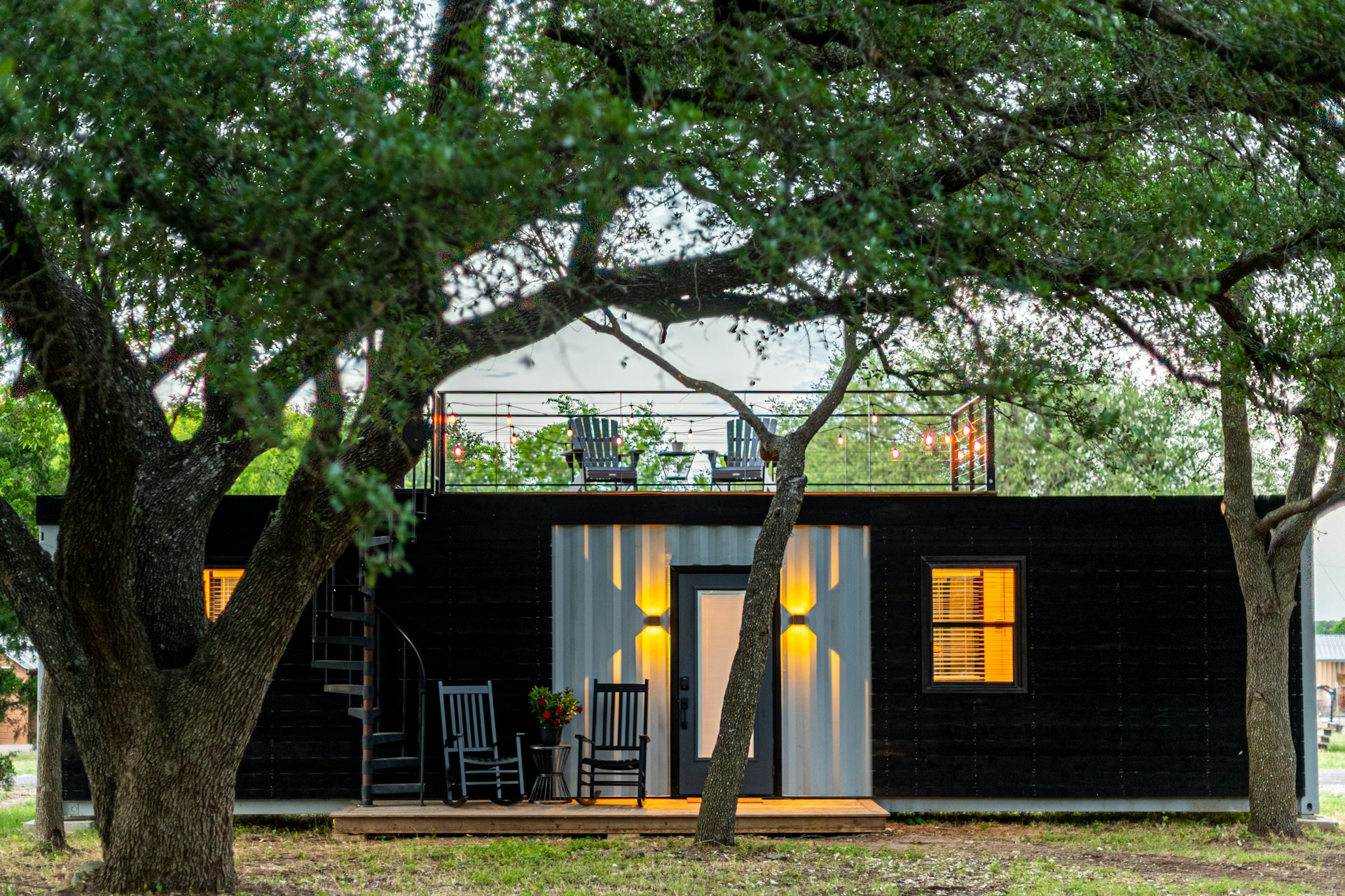So, you’re thinking about taking your home off the grid? That’s awesome and not just because it sounds like something out of a survivalist handbook. Going off-grid can give you more freedom, help save money long-term, and honestly, it’s just a cool way to live more sustainably. But how do you actually make it happen? Let’s talk about solar panels, wind turbines, and battery storage and yeah, we’ll even touch on the nitty-gritty stuff like wiring, planning, and the occasional air duct cleaning.

Ready to take the plunge into off-grid living? Let’s dive in.
What Does “Off-Grid” Really Mean?
First things first. When people say they want to go “off-grid,” they’re usually talking about disconnecting from the main electrical power grid. That means you’re no longer reliant on your local utility company. Everything from your fridge to your phone charger gets its juice from systems you install and maintain.
But there’s a spectrum to this. Some folks go totally off-grid (think water, sewer, power all independent). Others just want their own power and keep the rest connected. It’s really up to you.
Why Go Off-Grid?
People go off-grid for all kinds of reasons:
- Energy Independence – You don’t rely on anyone to keep the lights on.
- Lower Bills – After the initial setup, your energy can be essentially free.
- Eco-Friendliness – Renewable energy means less impact on the planet.
- Prepper Life – If the power goes out in town, you’re still chillin’ at home.
- Remote Living – If you live in the middle of nowhere, grid connection may not even be an option.
Whatever your motivation, one thing’s for sure: you’ve got to plan this thing out right.
Step 1: Assess Your Energy Needs
Before you run out and buy a pile of solar panels and a windmill for your backyard, let’s figure out how much power you actually need.
How to Calculate It
- Start with your current utility bills – Check your kilowatt-hour (kWh) usage over a year.
- Consider your lifestyle – Will you use less power when you go off-grid? Are you swapping electric heating for wood stoves? Cooking with propane?
- Plan for future use – Are you adding a hot tub or electric vehicle soon?
A good rule of thumb? Always overestimate. You don’t want to be halfway through cooking dinner when the lights go out.
Step 2: Meet Solar Power – The Star of Off-Grid Living
Solar is usually the go-to for off-grid energy, and it makes total sense. It’s quiet, scalable, and works well in most places, especially if you’re somewhere sunny.
How Solar Panels Work
Solar panels soak up sunlight and convert it into DC electricity. This electricity gets passed through an inverter that changes it into AC, which is what your home uses. Any extra power can be stored in batteries for later use more on that soon.
How Much Do You Need?
Let’s say your home uses 30 kWh per day. A 400-watt solar panel produces about 1.6 kWh per day (depending on sun hours). You’d need roughly 19–20 panels. This varies based on location and sun exposure, of course.
Mounting Options
- Rooftop – Common and convenient, but less flexible.
- Ground Mount – Easier to maintain and reposition, but takes up yard space.
- Pole Mount – Good for small arrays or snowy climates (you can tilt ‘em easily).
Bonus Tip: Keep ‘em Clean
Dust, leaves, snow, they all reduce efficiency. It’s like trying to see through dirty sunglasses. A simple rinse every few weeks can make a big difference.
Step 3: Add Some Wind to the Mix
If you’ve got strong, consistent wind in your area, a wind turbine can be a great backup (or even main source) of energy. Wind and solar are kind of like peanut butter and jelly, they complement each other beautifully.
How Wind Turbines Work
Turbines use wind to spin blades, which turn a generator. That makes electricity. Simple, right?
Is Wind Right for You?
Here’s the catch: wind isn’t great everywhere. You’ll need:
- An average wind speed of 9–12 mph (minimum)
- Open land or elevated space
- Minimal obstructions (like trees or buildings)
Check your area on a wind map or talk to a local installer. If your area isn’t consistently windy, stick with solar.
Size Matters
Small wind turbines for homes are usually rated for 1 to 10 kilowatts. A 5 kW turbine in a decent wind area could produce about 8,000–12,000 kWh annually.
Noise + Maintenance
Unlike solar, wind turbines have moving parts, which means wear and tear. They also make noise. Some folks find it soothing, others not so much.
Step 4: Battery Storage – Your Energy Piggy Bank
All that lovely solar and wind power isn’t much help when the sun goes down or the wind dies. That’s where batteries come in.
Why You Need Batteries
When you’re off-grid, batteries are your backup. They store excess energy during the day and release it at night or on cloudy, still days.
Popular Battery Types
- Lithium-ion (LiFePO4) – Long-lasting, fast-charging, low-maintenance. Pricey, but worth it.
- Lead-acid (AGM, Gel, Flooded) – Cheaper upfront, but shorter lifespan and more maintenance.
- Saltwater – Newer tech, non-toxic, environmentally friendly. Not as widely available.
Sizing Your Battery Bank
Let’s say you use 30 kWh/day and want three days of backup. That’s 90 kWh of storage. With 10 kWh batteries, you’d need 9 batteries. Always factor in inefficiencies and weather variability.
Battery Maintenance
- Temperature control is huge. Batteries hate extreme cold and heat.
- Proper ventilation is key, especially with lead-acid.
- Monitoring systems help you stay on top of charge levels and performance.
Step 5: The Brain of the Operation – Your Inverter
You’ve got your power sources and your batteries. Now you need a way to tie it all together.
That’s the job of the inverter/charger. It:
- Converts DC from solar/wind into usable AC power
- Manages battery charging and discharging
- Acts as the control center for your system
Pure Sine Wave vs. Modified Sine Wave
Always go for pure sine wave inverters. They’re cleaner, safer for electronics, and way more efficient. Trust me, cheap inverters can cause big headaches.
Step 6: Backup Power – Because Life Happens
Even with great planning, there’ll be days when your batteries are low, and the sun and wind are both MIA. That’s why most off-grid homes also have a backup generator.
Best Options
- Propane or Natural Gas Generators – Cleaner than diesel, easier to store than gasoline.
- Dual-Fuel Generators – Give you more flexibility with fuel sources.
- Automatic Transfer Switches – Kick in the generator when battery levels drop.
Just make sure to size your generator right, especially if you’re charging batteries with it.
Step 7: Putting It All Together
Off-grid power systems are like Lego sets, they’ve got a lot of pieces. Here’s what your full setup might look like:
- Solar Panels (primary source)
- Wind Turbine (secondary/backup source)
- Battery Bank (energy storage)
- Inverter/Charger (power management)
- Backup Generator (emergency power)
- Charge Controllers (prevent battery overcharging)
- Monitoring System (watch everything in real-time)
You’ll also need wiring, fuses, breakers, grounding rods, and safety disconnects. It’s a project but once it’s running, it feels like magic.
A Few Real-World Tips
Start Small
You don’t have to go fully off-grid overnight. Start with a solar system and battery backup. Expand from there.
Don’t Skip Professional Help
Unless you’re super handy and into electrical work, have a pro design or at least check your system. Mistakes can be dangerous or just super expensive.
Maintain Your System
Clean panels, check your turbine, inspect your batteries. Think of it like a car you’ve got to tune it up to keep it running well.
Don’t Forget About Other Stuff
Going off-grid isn’t just about electricity. Water, heating, cooling, waste all of that matters. And while we’re at it, don’t forget things like insulation, passive solar design, and yes, even occasional air duct cleaning to make sure your HVAC (if you have it) runs as efficiently as possible.
What Does It Cost?
Ah yes, the big question. Costs can vary like crazy depending on your setup. But here’s a rough idea:
| Item | Cost (Estimate) |
| Solar Panels (6–10 kW) | $10,000–$25,000 |
| Wind Turbine (5 kW) | $5,000–$15,000 |
| Battery Bank | $5,000–$20,000 |
| Inverter/Charger | $1,500–$5,000 |
| Generator | $1,000–$4,000 |
| Wiring, Controllers, Mounts, Labor | $3,000–$10,000 |
Total Ballpark: $25,000–$70,000
That’s a chunk of change, but remember you’re buying decades of power, energy independence, and peace of mind.
The Bottom Line?
Going off-grid is a big move. It takes planning, money, and a bit of grit. But it also gives you something that’s hard to put a price on freedom.
You’ll know exactly where your power comes from, you’ll be prepared for blackouts or emergencies, and yeah you might just inspire a few neighbors to do the same.


